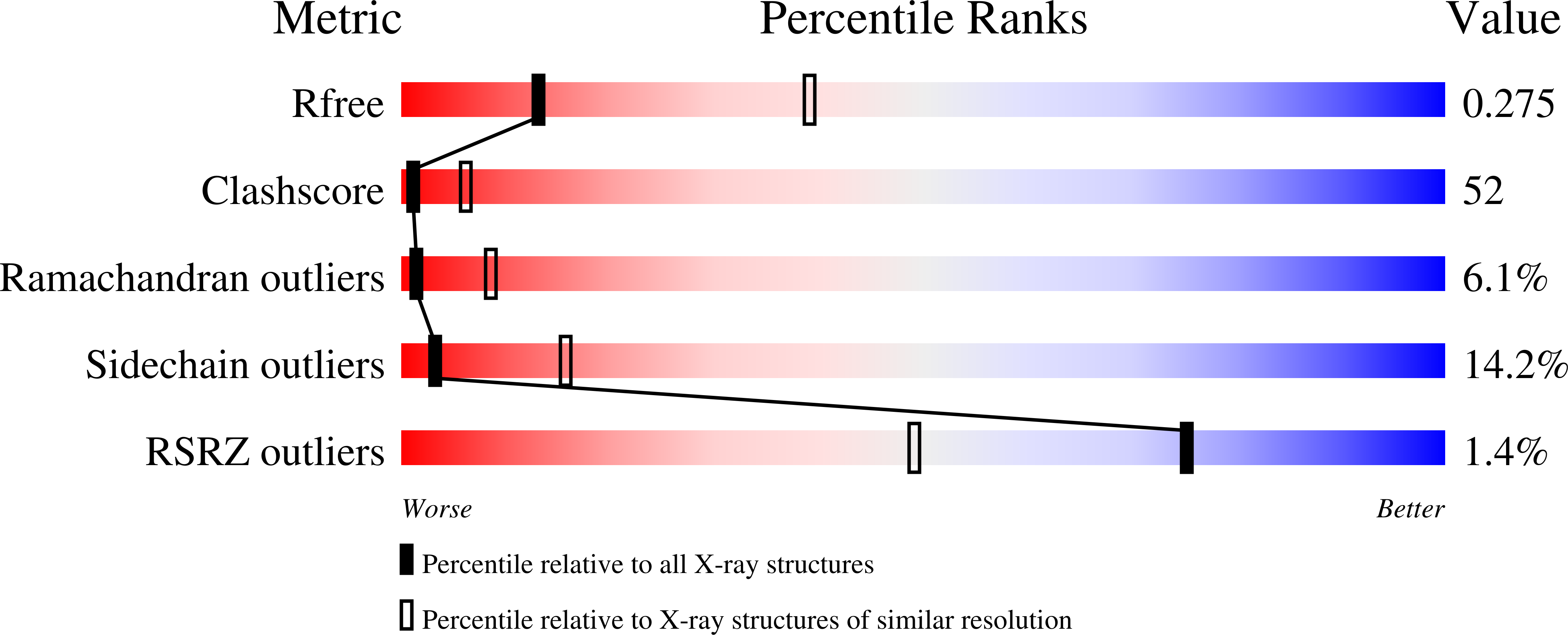
Deposition Date
2002-11-11
Release Date
2003-01-14
Last Version Date
2024-10-16
Entry Detail
PDB ID:
1N6Q
Keywords:
Title:
HIV-1 Reverse Transcriptase Crosslinked to pre-translocation AZTMP-terminated DNA (complex N)
Biological Source:
Source Organism:
Human immunodeficiency virus 1 (Taxon ID: 11676)
Mus musculus (Taxon ID: 10090)
Mus musculus (Taxon ID: 10090)
Host Organism:
Method Details:
Experimental Method:
Resolution:
3.00 Å
R-Value Free:
0.28
R-Value Work:
0.24
Space Group:
P 32 1 2


